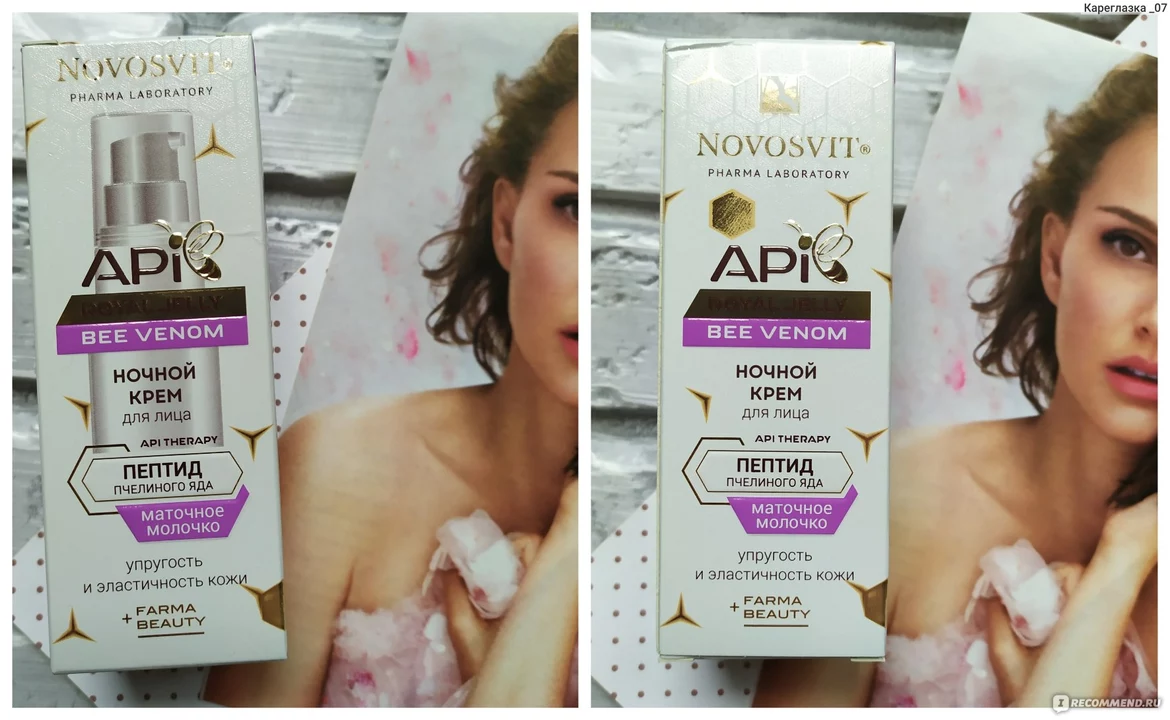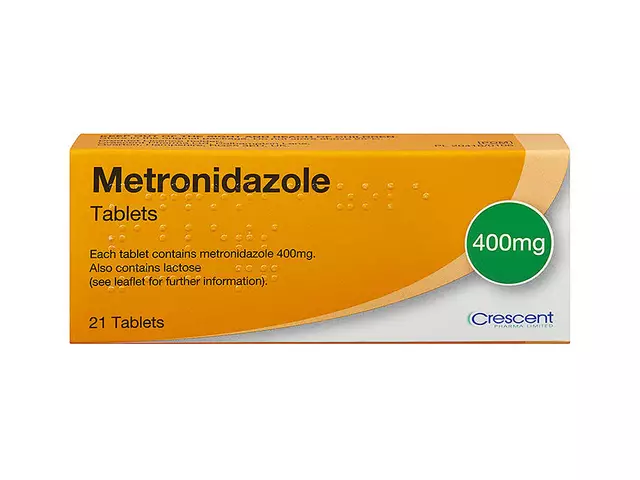Bee Venom: What It Is and Why People Use It
Bee venom comes from honeybees and contains active compounds like melittin and phospholipase A2. People use it in creams, serums, injections, and apitherapy sessions for joint pain, skin care, and inflammation. Lab research shows melittin can alter inflammatory signals, but real-world effects vary a lot. That makes safety and product quality the two most important things to check first.
Common Uses and Forms
Topical products are the most common: creams and serums marketed for anti-aging or sore muscles. These are easy to test on your skin and usually lower risk than injections. Some clinics offer bee-venom injections or controlled stings for chronic pain—these methods increase both possible benefit and risk. There are also oral supplements labeled as bee venom blends, but evidence for benefits when swallowed is weak.
Quick tip: if you want anti-inflammatory effects with less risk, look for products that highlight measured melittin content and a Certificate of Analysis (COA).
Safety First: Allergy, Testing, and Side Effects
Bee venom can cause mild redness or a full-blown allergic reaction. If you’re allergic to bee stings, never try bee-venom therapy. Always do a patch test: apply a tiny amount of cream to a forearm and wait 48 hours. If you get hives, swelling, breathing trouble, or dizziness, stop and seek medical help immediately.
Bring an epinephrine auto-injector (EpiPen) into the conversation if a healthcare provider thinks there’s any risk. Clinics that offer sting therapy should have emergency measures and trained staff on site.
Other side effects include itching, localized swelling, nausea, and increased heart rate. Pregnant or breastfeeding people, children, and those on blood thinners should avoid bee-venom treatments unless cleared by a doctor.
Be cautious with DIY or live-sting approaches—these are harder to control and carry higher risk.
How to buy safely
- Buy from licensed pharmacies or reputable supplement brands with clear labeling.
- Look for GMP or cGMP manufacturing and a COA that shows purity and melittin content.
- Avoid vague product claims like "cures arthritis"—real treatments are more modest.
- Compare prices and check customer reviews, but prioritize quality over the cheapest option.
- When in doubt, ask your pharmacist or a healthcare professional about interactions with your medicines.
Where to compare and what to ask
On sites like MexicanPharmacyPrices.com you can compare costs and find local pharmacies or approved suppliers in Mexico. Ask the seller for batch numbers, testing certificates, and clear usage instructions. If a product lacks this info, skip it.
Final thought: bee venom has interesting biological activity, but it’s not risk-free. Start small, test your tolerance, choose licensed products, and talk to a clinician before trying anything stronger than a skin cream.





